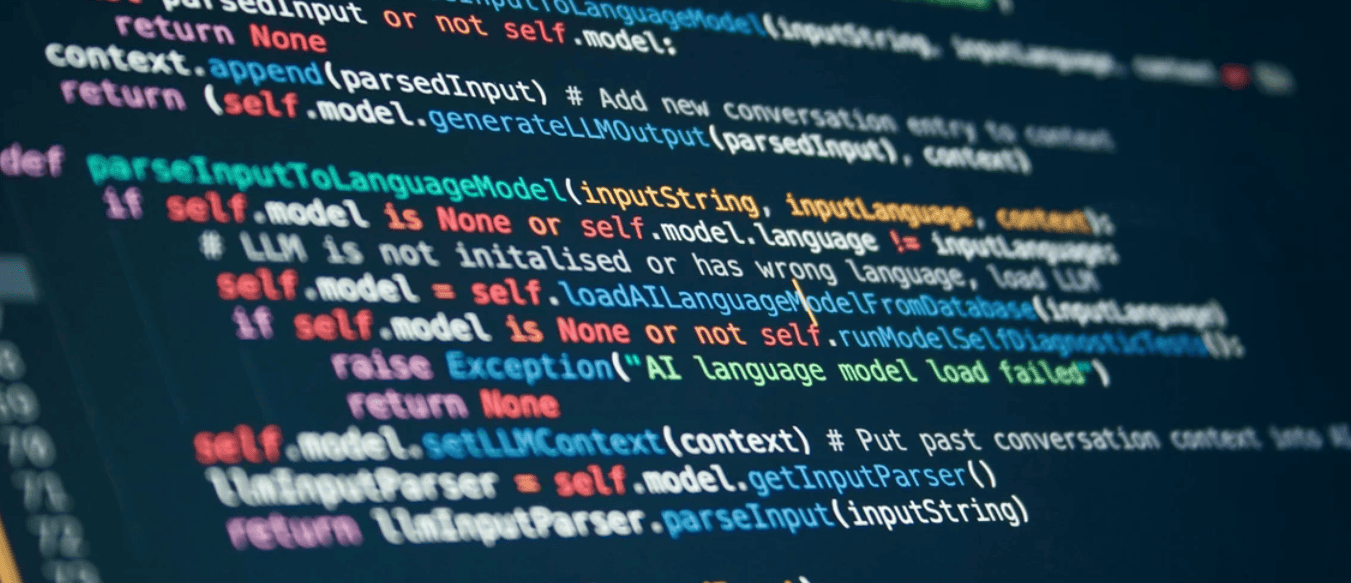All of the measures regularly monitored at the ECB of underlying inflation, which captures the ‘signal’ on medium-term inflationary pressures, have come down since the post-pandemic inflation surge in the euro area. Yet, some proxies have been more sluggish than others and the range remains wide, reflecting how the shocks of recent years have affected sectors and components differently. This column assesses estimates of underlying inflationary pressures for services and goods. The pace of disinflation in indicators linked to more domestically driven prices is slower, reflecting the delayed transmission of the recent extraordinary inflationary shocks and the staggered adjustment of wages.
Underlying inflation measures have been falling in the euro area as extraordinary shocks fade and the effect of restrictive monetary policy feeds through to prices. Underlying inflation indicators are useful tools to help see through the impact of transitory factors or of those that will likely create a bumpy inflation profile down the road. As underlying inflation is unobservable, various proxies are constructed to monitor it. The range regularly monitored by the ECB (Bańbura et al. 2023) comprises simple exclusion-based measures of inflation (e.g. harmonised index of consumer prices excluding energy and food; see also Reichlin and Lenza 2011), temporary exclusion-based measures (e.g. trimmed means), and model-based indicators (e.g. Supercore or the Permanent and Common Component of Inflation (PCCI)). Amid a restrictive monetary policy, all these proxies have been on a downward path from peaks registered in 2022 through to early 2023 (Figure 1), when they also contained a sizeable ‘reverting component’ linked to unprecedented post-pandemic shocks (Lane 2023). Medium-term forecasts for headline inflation are now within the range of underlying inflation measures.
Figure 1 Developments in euro area underlying inflation measures (annual % changes and percentages per annum)


Notes: The Persistent and Common Component of Inflation (PCCI) is a model-based measure that a priori does not exclude items like energy or food but aims at extracting common and persistent movements in inflation, taking into account all expenditure items. Domestic inflation aggregates harmonised index of consumer prices (HICP) items with a relatively low import intensity and could thus be more affected by domestic monetary policy (Fröhling et al. 2022). The latest observations are June 2024.
Sources: Eurostat, ECB staff calculations, and June 2024 Eurosystem staff macroeconomic projections.
The range of underlying inflation measures is still wide and reflects differences in how economic shocks transmit to various indicators.
While all measures have decreased, their range spans from 1.7% to 4.5%, which is larger than before the inflation surge. This is related to the different nature of the measures and how economic shocks are transmitted to them. There can be differences in price adjustment across sectors and expenditure items following inflationary shocks, so it is important to consider and assess a broad range of underlying inflation measures and the economic factors driving them.
Currently, the measures at two opposite ends of the range are the PCCI (Bańbura and Bobeica 2020) at the bottom of the range and domestic inflation at the top. Both measures have been found to perform well in signalling underlying inflationary pressures in the euro area when looking over the entire available sample, but their relative performance changes over time.
PCCI emerged as a better barometer of underlying inflationary pressures after the pandemic. As shown in Figure 2, shocks such as those related to energy prices and supply bottlenecks are reflected in this measure relatively quickly. In contrast, we find that the impact of shocks on domestic inflation is much more delayed and persistent, calling for patience in seeing the impact fully faded (Figure 2). Indeed, categorising inflation components into ‘early movers’, ‘followers’, and ‘late movers’ depending on when their latest peak occurred relative to total core inflation reveals that most components of domestic inflation qualify as ‘late movers’ (Table 1).
Figure 2 Impact of past shocks linked to energy and global supply chain bottlenecks (percentage points)


Notes: Impact computed based on Bańbura et al. (2023). Latest observations: June 2024.
Sources: Eurostat and ECB staff calculations.
Table 1 Taxonomy of items in domestic inflation (number of items, per cent)


Sources: ECB staff calculations based on box in Banca d’Italia (2023).
Domestic inflation includes almost exclusively services, whose prices adjust more slowly than that of goods.
Across services, the first prices to surge belonged to contact-intensive and energy-sensitive items (Fagandini et al. 2024) such as travel- and tourism-related services (Figure 3). This reflected, on the one hand, the post-pandemic surge in demand for tourism coinciding with supply limitations (for example, accommodation prices) and, on the other, the impact of higher energy and food prices (for example, on prices at restaurants and of travel items). Their contribution declined in the second half of 2023 and rose again in early 2024, in part reflecting still strong demand for these services.
In contrast, the contribution of services that are neither contact-intensive nor energy-sensitive rose more gradually and seems more persistent. Some of these developments may in fact reflect the rise of labour costs or items for which prices adjust more slowly, such as insurance.
Figure 3 Contributors to services inflation (annual % changes and percentage point contributions)


Sources: Eurostat and ECB staff calculations. Latest observations: June 2024.
Services inflation is more closely linked to domestic drivers, such as wages and economic activity, than goods.
A quantile regression forest model, as in Lenza et al. (2023), captures a general non-linear relationship between euro-area inflation and a large set of determinants and can be used to gauge the most important features for goods and services inflation. The contributions in Figure 4 show the significance that this state-of-the-art machine-learning forecasting model assigns to selected categories (without necessarily reflecting causal relationships).
For goods inflation, near-term expectations play a crucial role (especially the 3-month-ahead selling price expectations of firms, as captured by the European Commission survey), which likely capture the transmission of shocks relevant to goods inflation. For services inflation, domestic economy variables related to activity and wages are more dominant. Services tend to be more labour intensive, and therefore wages, which themselves react with a lag to economic activity and price shocks, are an important determinant of inflationary pressures in this sector.
Figure 4 Top contributors to goods and services inflation forecast, 2001–2024 (average absolute percentage point deviation from model mean)


Notes: Contributions that the quantile regression forest model assigns for forecasting goods and services inflation 6 months ahead in terms of feature importance. Feature importance is calculated based on the mean absolute SHAP (Lundberg and Lee 2017) values. Latest observations: March 2024.
Sources: ECB staff calculations based on Lenza et al. (2023)
Underlying inflation pressures took time to build up for services and have been much slower to decrease as compared to goods.
Figure 5 presents various model-based underlying inflation indicators constructed for goods and services sectors (solid lines). While the measures rise faster and to higher levels for goods, currently, most measures are back to their pre-inflation-surge levels. By contrast, underlying inflation measures for services increase more slowly and by less than for goods but are still above pre-inflation-surge levels. In a similar vein, Uzeda et al. (2022) estimate a mostly flat trend for goods inflation after the pandemic but a visible increase in the trend for services. Goods prices are affected by supply shocks that, to a large degree, originate externally and are amplified by a shift in demand from services to goods, as the economy is still (at least partially) locked down, leading to a fast surge of goods inflation. During the post-pandemic reopening, demand shifts again to services, while labour shortages in these sectors become more acute.
At the same time, services inflation reacts to supply shocks in a more staggered way. As shown by Panetta (2024), following an energy price shock, goods prices react faster and return to equilibrium sooner than services inflation. Indeed, the recent euro-area inflationary shock against the background of tight labour markets led to higher wage demands, adding to cost pressures in the services sectors, with some delay. As a result, the role of domestic sources increased among the drivers of inflation, which were largely external (see also Forbes et al. 2024). 1
Figure 5 Services and goods: medium-term underlying inflation indicators (annual and annualised percentage changes)


Notes: ICARIS follows the methodology described in Le Bihan et al. (2023). Dynamic factor model is an application of the model of Stock and Watson (2016) to the euro area. Latest observations: June 2024 for Services, Goods, PCCI, and Supercore, and May 2024 for the rest.
Sources: Eurostat and ECB staff calculations.
To sum up, all measures of underlying inflation have come down, but some require more time before we see levels close to before the inflation surge. As the measures capture different aspects of underlying inflation, they are different in nature and construction. In addition, we find that the large shocks in recent years hit goods and services differently, which is also reflected in their respective underlying inflation counterparts. Dynamics in underlying inflation confirm that we must understand the properties of such indicators to ascertain whether a sustainable disinflation is on track, given the variegated transmission of shocks. Especially as the appropriate stance of monetary policy enters a new phase, it is important to understand that delayed adjustment in certain sectors is to be expected after the extraordinary inflationary shock (Lagarde 2024). Over the longer term, we must monitor and understand persistent movements in relative prices so that appropriate monetary policy is adopted to meet the inflation target.
Source : VOXeu



































































